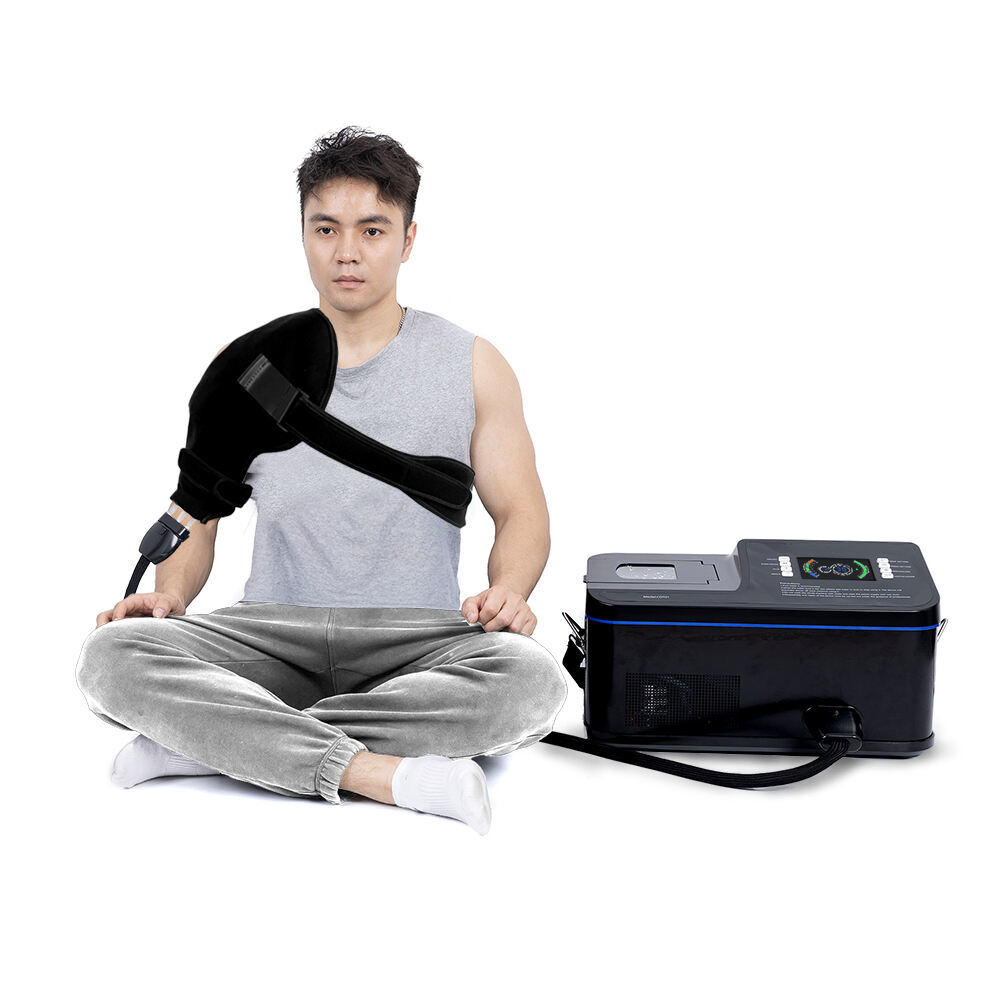The Science Behind Cold Therapy in Athletic Recovery
Athletes at every level are constantly seeking ways to enhance their performance and accelerate recovery. Cold therapy has emerged as a revolutionary approach that's transforming how athletes train, recover, and maintain peak physical condition. From professional sports teams to amateur enthusiasts, this therapeutic technique has become an integral part of training regimens worldwide.
Cold therapy, also known as cryotherapy, works by exposing the body to extremely cold temperatures for short periods. This deliberate exposure triggers multiple physiological responses that can benefit athletic performance and recovery. The practice has evolved from traditional ice baths to modern whole-body cryotherapy chambers, offering athletes various options to harness the power of cold for their training needs.
Benefits of Cold Therapy for Athletic Performance
Enhanced Muscle Recovery and Reduced Inflammation
When athletes expose their bodies to cold temperatures, blood vessels constrict and then dilate, promoting better circulation and reducing inflammation. This process helps remove metabolic waste products from muscle tissue more efficiently, leading to faster recovery times between training sessions. Cold therapy has shown particular effectiveness in reducing muscle soreness and fatigue after intense workouts.
Research indicates that regular cold therapy sessions can decrease recovery time by up to 50% compared to passive recovery methods. Athletes who incorporate cold therapy into their routines often report feeling more energized and ready for their next training session, allowing them to maintain higher training intensities throughout their competitive season.
Mental Performance and Stress Reduction
Beyond the physical benefits, cold therapy significantly impacts mental performance. The controlled stress of cold exposure triggers the release of endorphins and norepinephrine, natural mood elevators that can enhance focus and mental clarity. Athletes often report improved concentration and reduced anxiety levels after cold therapy sessions.
The psychological benefits extend to better stress management and increased mental resilience. Regular exposure to cold helps athletes develop greater mental toughness, which proves valuable during high-pressure competitive situations. Many elite athletes credit cold therapy for helping them maintain composure during crucial moments in their careers.

Implementation Strategies for Optimal Results
Timing and Duration Guidelines
To maximize the benefits of cold therapy, proper timing is crucial. Athletes typically engage in cold therapy sessions immediately after intense training or competition. The optimal duration varies based on the method used – traditional ice baths usually last 10-15 minutes, while whole-body cryotherapy sessions might be as short as 2-3 minutes due to the extremely low temperatures involved.
Consistency in application plays a vital role in achieving desired results. Many athletes incorporate cold therapy into their regular recovery routine, with sessions scheduled 2-3 times per week during heavy training periods. This systematic approach helps maintain the body's adaptive responses and ensures continued benefits over time.
Customization and Progressive Adaptation
Every athlete responds differently to cold therapy, making individualization essential. Factors such as body composition, training intensity, and recovery needs influence the optimal protocol. Beginning with shorter durations and gradually increasing exposure time allows athletes to build tolerance while monitoring their body's response.
Professional athletes often work with their training staff to develop personalized cold therapy protocols that align with their specific training cycles and competition schedules. This tailored approach ensures maximum benefit while minimizing the risk of overexposure or inadequate recovery.
Modern Cold Therapy Technologies and Methods
Advanced Cryotherapy Systems
The evolution of cold therapy has led to sophisticated cryotherapy chambers and localized cooling devices. These modern systems offer precise temperature control and targeted treatment options, allowing athletes to focus on specific areas requiring attention. The technology behind these systems continues to advance, providing more efficient and effective recovery solutions.
Portable cold therapy devices have also emerged, enabling athletes to maintain their recovery routines while traveling or competing away from their home facilities. These innovations have made cold therapy more accessible and convenient for athletes at all levels of competition.
Integration with Recovery Monitoring
Today's cold therapy applications often incorporate biometric monitoring and recovery tracking systems. Athletes can measure various physiological markers before and after sessions, providing valuable data about the effectiveness of their recovery protocols. This scientific approach helps optimize the timing and intensity of cold therapy treatments for maximum benefit.
The integration of technology extends to mobile applications that help athletes track their recovery progress and adjust their protocols based on objective data. This systematic approach to recovery management has revolutionized how athletes utilize cold therapy in their training programs.
Frequently Asked Questions
How long should athletes use cold therapy after training?
The recommended duration for cold therapy varies by method, but generally ranges from 10-15 minutes for ice baths and 2-3 minutes for whole-body cryotherapy. Athletes should start with shorter durations and gradually increase based on their tolerance and recovery needs.
Can cold therapy improve athletic performance?
Yes, cold therapy can enhance athletic performance by reducing inflammation, accelerating muscle recovery, improving sleep quality, and boosting mental focus. Regular use as part of a comprehensive training program has shown significant benefits for both performance and recovery.
Is cold therapy safe for all athletes?
While cold therapy is generally safe, athletes with certain medical conditions, such as cardiovascular issues or Raynaud's syndrome, should consult healthcare providers before starting. It's essential to follow proper protocols and gradually adapt to cold exposure for optimal safety and results.

